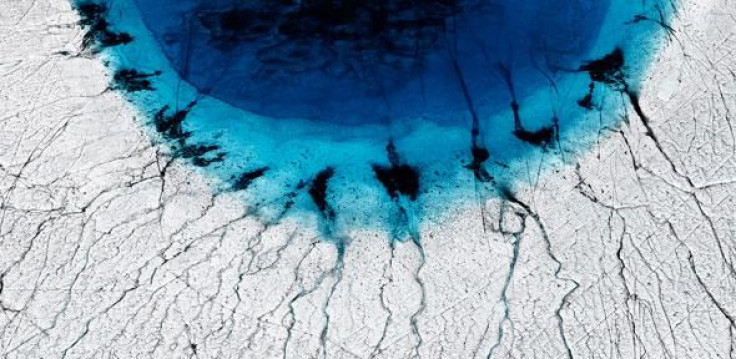Climate Change 2019: Greenland Ice Melting At Alarming Speed

Climate change is affecting some parts of the world far more seriously than we initially thought. In Greenland, giant chunks of ice are melting at an alarming speed, faster than what scientists previously believed.
The alarming phenomenon is said to be adding significant amounts of water to the rising sea level around the world and could seriously threaten coastal towns. According to CNN, about 40 to 50 percent of the planet's population is located in areas that are affected by rising sea levels. This includes major cities such as New York, Los Angeles, Tokyo and Mumbai.
The observation is part of a new study published in the Proceedings of the National Academy of Sciences that was recently released. To get new measurements of the melting ice, the researchers did a reconstruction of the mass balance of the Greenland Ice Sheet for the past 46 years. Using data on the amount of ice that was discharged into the ocean, including the accumulation of snowfall in the drainage basins of Greenland, scientists surmised that the rate of ice loss has increased by six-fold.
"We wanted to get a long precise record of mass balance in Greenland that included the transition when the climate of the planet started to drift off natural variability, which occurred in the 1980s. The study places the recent (20 years) evolution in a broader context to illustrate how dramatically the mass loss has been increasing in Greenland in response to climate warming," Eric Rignot, study co-author and a professor of Earth system at the University of California, Irvine, said.
Rignot also said that the glaciers are actually starting to flow faster and break into icebergs that scatter on the ocean.
"As glaciers will continue to speed up and ice/snow melt from the top, we can foresee a continuous increase in the rate of mass loss and a contribution to sea level rise that will continue to increase more rapidly every year," Rignot said.
To put the number into context, ice loss from Greenland alone has already added 13.7 millimeters (about half an inch) to the global sea level since the 70s. Because of this, the Greenland ice sheet is considered as one of the biggest contributors to the rising sea level in recent years.
© Copyright IBTimes 2024. All rights reserved.











